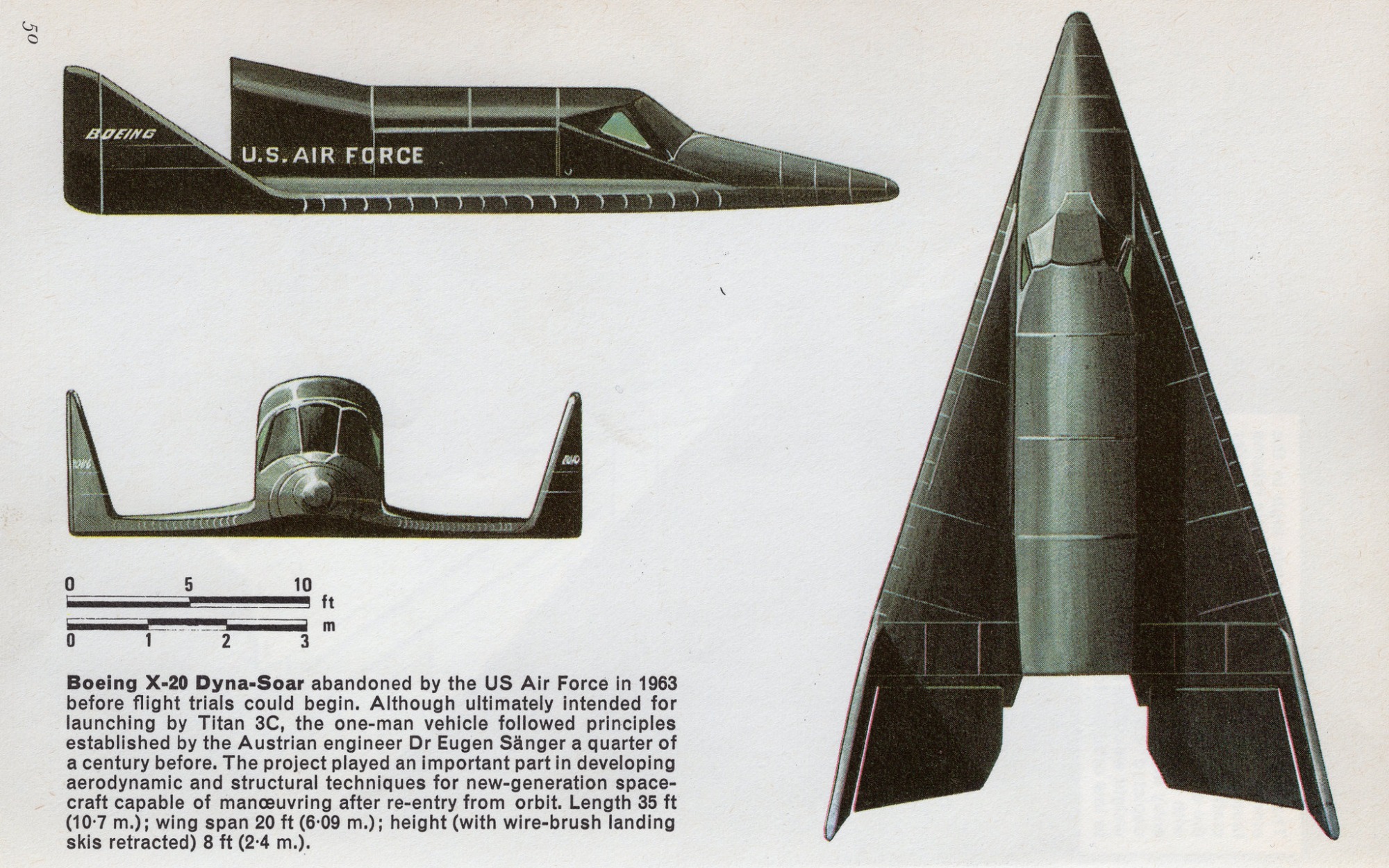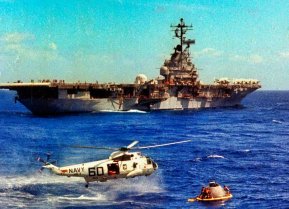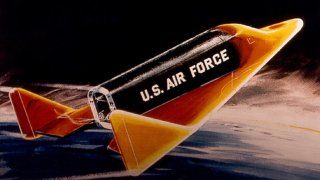Mach 18: Boeing's X-20 Dyna-Soar Bomber Looked Like a Game Changer
The X-20 Dyna-Soar, developed by the U.S. Air Force and Boeing from 1959 to 1963, was designed to be a pioneering hypersonic space plane that could serve as a reconnaissance craft, research tool, and even a nuclear bomber.
What You Need to Know: The X-20 Dyna-Soar, developed by the U.S. Air Force and Boeing from 1959 to 1963, was designed to be a pioneering hypersonic space plane that could serve as a reconnaissance craft, research tool, and even a nuclear bomber.

-Despite its advanced concepts, including the ability to skip along Earth’s atmosphere at Mach 18 and glide back to land, the project was canceled in 1963 due to high costs and slow development.
-The X-20 never flew, but its cutting-edge technology foreshadowed future space programs like the Space Shuttle.
X-20 Dyna-Soar: A Hypersonic Bomber That Never Took Off
My son had toy airplanes that looked like the X-20 Dyna-Soar – something resembling a stubby version of the space shuttle. But don’t be fooled by appearances. The X-20 was designed to be a hypersonic space plane before hypersonics were cool.
The Air Force and Boeing developed the X-20 Dyna-Soar (Dynamic Soaring) from 1959 to 1962. Intended as a reusable recon and research craft boosted by a Titan rocket, the craft was also envisioned as a hypersonic bomber. Indeed, the X-20 had all the makings of a game-changing platform before it was cancelled in 1963.
The X-20 unfortunately never flew.
Its projected role as a tool for conducting scientific research was a non-starter, and it never got the chance to show its mettle as a nuclear weapon-equipped bomber. Even though astronauts including Neil Armstrong trained to take it for a spin, the X-20 was considered a money pit. Eleven planned flights were scrubbed, and astronauts were tasked to other duties.
X-20: High Functions, High Price Tag
The Dyna-Soar mock-up and prototype were abandoned after an eyewatering $410 million had been spent on the program. When the X-20 was scratched in 1963, the program still needed 2.5 years of development before flying – as well as another $373 million – and the plane was probably not heading to space until the early 1970s. This was an example of how the go-go space race with the Soviets ran amok after Sputnik-1. Congress redirected the funding to an orbiting laboratory for the Gemini capsules.
The X-20 would have required an outstanding pilot at the stick. It had a small cockpit with analog controls consisting of old-school toggles and dials. The pilot was going to fly the X-20 at MACH 18 to “bounce or skip” along the earth’s atmosphere, with the wings adding lift “like a stone over a pond.” It would then slow down and run out of fuel, after which it had to drift down to land on an airstrip with ski-like landing gear instead of wheels. This was the precursor to features of the space shuttle.
The 35.5-foot-long Dyna-Soar resembled a fighter plane with rounded edges – these were meant to absorb the rigors of take-off and landing. The engineers began pondering the use of heat-resistant ceramic tiles on the lifting body when returning to earth.
Richard Hallion, former U.S. Air Force chief historian and an expert on hypersonics, told Defense Media Network that the design could withstand high heat. “It was a hot-temperature structure using a nickel super alloy. The leading edges of the wing would be made of an even more exotic alloy. There was provision for active cooling.”
NASA and the Air Force did not agree on whether space should be conquered by a space plane or a capsule. Pilots like Chuck Yeager criticized the capsule, calling it “spam in a can,” but the space plane program was going to take too long. Policymakers and the public wanted to launch a craft into space as fast as possible after the shock of Sputnik. The U.S. government could have kept the Dyna-Soar program going, but considering the high cost and long time horizon, it was just not considered practical.
X-20: Ahead of Its Time
What a neat concept the X-20 was. It was rare ideas like this that presaged the space shuttle. B-52s would have probably launched it during early testing. After a successful evaluation period, it would eventually have blasted into space on a rocket, gliding down to land after its mission.
The military aspect was an original thought too. Plans to use it as a hypersonic nuclear bomber showed that scientists and defense planners had imagination and moxy after Sputnik. The United States needed original ideas for its burgeoning space program, and the X-20 certainly qualified as unique.
About the Author
Brent M. Eastwood, PhD, is the author of Humans, Machines, and Data: Future Trends in Warfare. He is an Emerging Threats expert and former U.S. Army Infantry officer. You can follow him on Twitter @BMEastwood.
Image Credit: Creative Commons.


